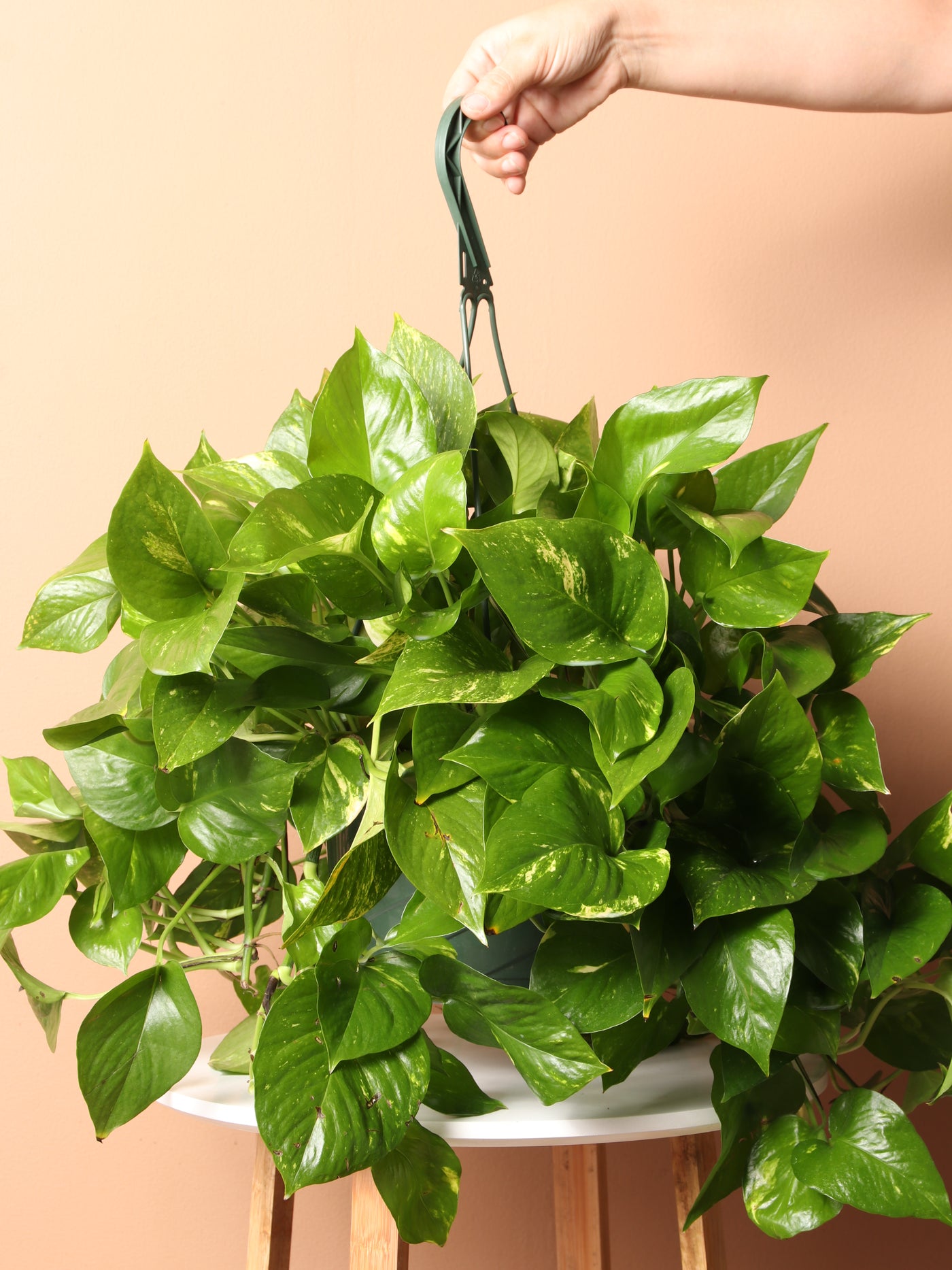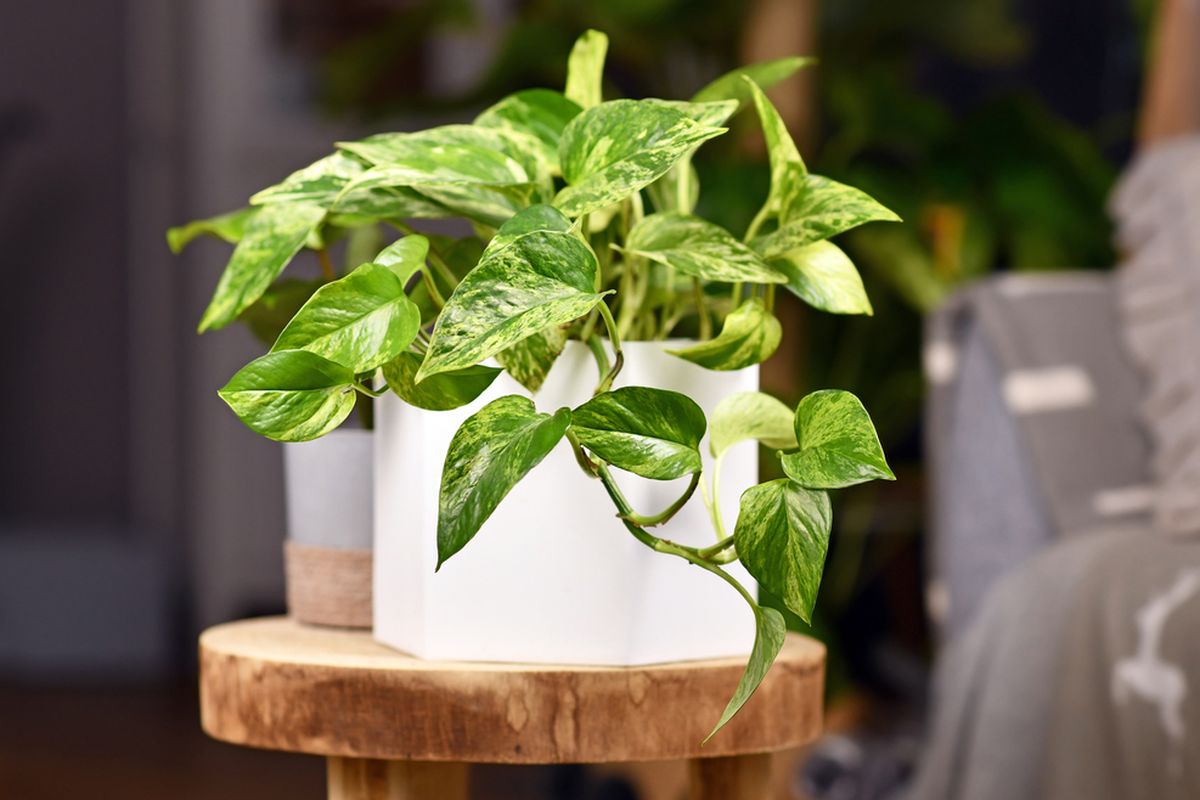
Pothos Plant
The Benefits and Care of the Pothos Plant
Introduction
Pothos plants, also known as Devil’s Ivy, are popular houseplants known for their easy care and striking foliage. They are a great choice for beginners and experienced plant enthusiasts alike, as they require minimal maintenance and can thrive in a variety of environments. In this article, we will explore the benefits of owning a pothos plant, as well as tips for caring for them to ensure they thrive in your home.
Appearance and Varieties
Pothos plants are characterized by their heart-shaped leaves that come in a variety of colors, including green, variegated, and golden. The most common variety is the Golden Pothos, which features green and yellow leaves. Other popular varieties include Marble Queen, Neon, and Jade Pothos, each with its own unique coloring and patterns.
Benefits of Owning a Pothos Plant
There are several benefits to owning a pothos plant in your home. First and foremost, pothos plants are excellent air purifiers, removing toxins such as formaldehyde, benzene, and xylene from the air. This can help improve indoor air quality and create a healthier living environment for you and your family. Additionally, pothos plants are known for their ability to reduce stress and increase productivity, making them a great addition to any workspace.
Light and Water Requirements

Pothos plants are relatively low-maintenance and can thrive in a variety of lighting conditions. They prefer bright, indirect light but can also tolerate low light. However, they may lose their variegation in low-light conditions. When it comes to watering, pothos plants prefer to dry out between waterings. Water them when the top inch of soil is dry, and be sure to drain any excess water to prevent root rot.
Soil and Fertilizer
Pothos plants do well in a well-draining potting mix that is rich in organic matter. A standard potting mix designed for houseplants will work well for pothos. As for fertilizer, you can feed your pothos plant with a balanced liquid fertilizer once a month during the growing season, spring through fall. Be sure to dilute the fertilizer to half strength to prevent burning the plant’s roots.
Propagation
Pothos plants are easy to propagate and make great gifts for friends and family. One of the most common methods of propagation is through stem cuttings. Simply cut a healthy stem with at least two leaves and place it in water or soil to root. Another method is through division, where you separate the plant into smaller sections and plant them in their own pots.
Pests and Diseases

Pothos plants are relatively pest-resistant but can occasionally attract spider mites, mealybugs, and scale insects. To prevent pests, keep your plant’s leaves clean by wiping them with a damp cloth or spraying them with neem oil. If you notice any pests, treat them immediately with insecticidal soap or neem oil. As for diseases, pothos plants are prone to root rot if overwatered, so be sure to allow the soil to dry out between waterings to prevent this.
Common Problems and Solutions
One common problem with pothos plants is yellowing leaves, which can be caused by overwatering, underwatering, or insufficient light. To remedy this issue, adjust your watering schedule and move the plant to a brighter location. Another common problem is browning leaf tips, which can be caused by dry air or too much fertilizer. Increase humidity by misting the plant’s leaves or placing a humidifier nearby, and reduce the amount of fertilizer you use.
Best Practices for Caring for Pothos Plants
To ensure your pothos plant thrives, follow these best practices for care:
1. Provide bright, indirect light.
2. Allow the soil to dry out between waterings.
3. Use a well-draining potting mix rich in organic matter.
4. Feed with a balanced liquid fertilizer once a month during the growing season.
5. Keep the plant’s leaves clean to prevent pests.
6. Monitor for signs of pests and diseases and treat them promptly.
FAQs
1. Can pothos plants grow in low light?
Yes, pothos plants can tolerate low light conditions, but they may lose their variegation in such conditions.
2. How often should I water my pothos plant?
Water your pothos plant when the top inch of soil is dry, and be sure to allow the soil to dry out between waterings.
3. How do I propagate my pothos plant?
Pothos plants can be propagated through stem cuttings or division. Simply cut a healthy stem with at least two leaves and place it in water or soil to root, or separate the plant into smaller sections and plant them in their own pots.
Conclusion
In conclusion, pothos plants are a beautiful and beneficial addition to any home. With their air-purifying qualities, low-maintenance care requirements, and ability to thrive in a variety of environments, pothos plants are the perfect choice for both beginners and experienced plant enthusiasts. By following the tips and best practices outlined in this article, you can enjoy the beauty and benefits of pothos plants in your own home.